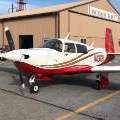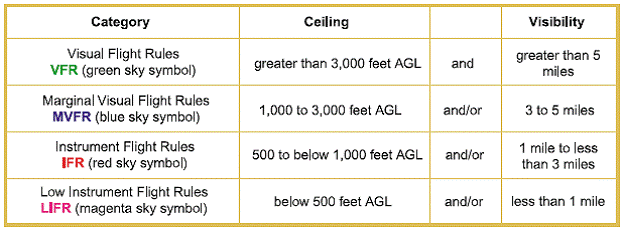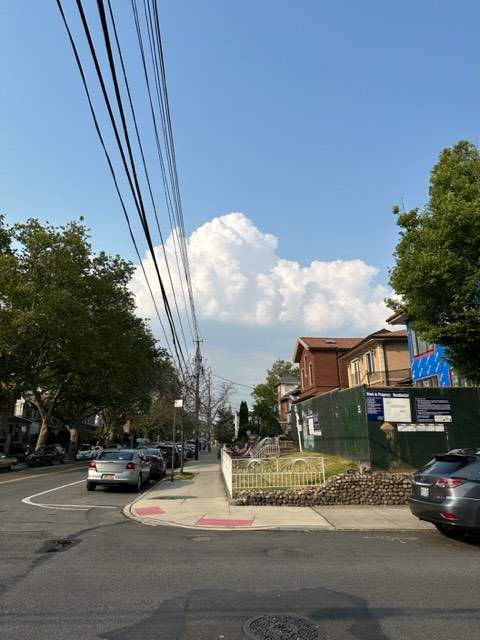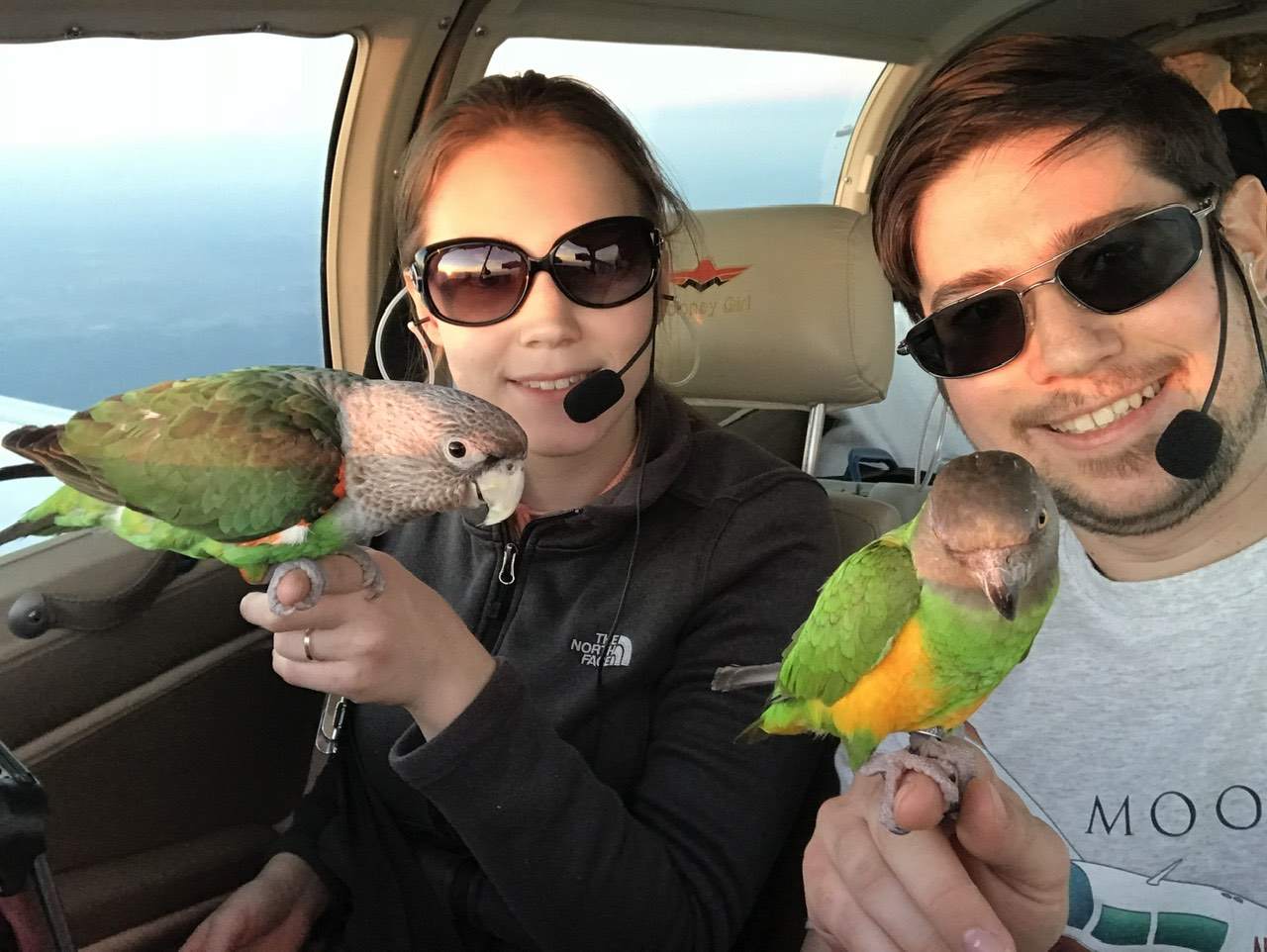-
Posts
4,867 -
Joined
-
Last visited
-
Days Won
67
Content Type
Profiles
Forums
Blogs
Gallery
Downloads
Media Demo
Events
Everything posted by 201er
-
I may be wrong but to me it just sounds like a pilot that was overwhelmed because his iPad died so he couldn’t see the approach plate. I didn’t hear him say he was using the iPad as his source of navigation but the controller interpreted it that way.
-
Why did you downgrade?
-
Cherokee owner explains 10 reasons flying a slower airplane is better. Or at least tries to rationalize it. For the most part he has good points. But they don't exactly apply the same way to flying a Mooney and here's why: 1) Price of Avgas vs Time Flying Craig says his Cherokee gets 7.5gph for 108knots on a good day. That works out to 14.4nmpg M20J will get 135ktas on same 7.5gph (18nmpg) and 155ktas on 9.5gph (16.3nmpg). It uses less fuel to go faster on a calm day. Factor in some headwind and that extra speed makes an even bigger difference. 20knot headwind: Cherokee - 7.5gph for 88 knots is 11.7nmpg Mooney - 9.5gph for 135ktas is 14.2nmpg That's over 50% faster while also consuming less fuel in total. On a 500nm flight, Mooney would get there 2 hours faster while consuming 10 gallons less. 2) Relaxation Craig says that faster airplanes are more work and stress. This is true. However, arriving 2 hours sooner means there's plenty of time to relax after the flight. 3) Cost of acquisition and maintenance Craig is quite right that the faster planes are more expensive to buy and upkeep. I would only say that it's less drastic than it sounds because you can travel the same distance in a year using less time. Less time means less wear and tear on components. This and the fuel savings slightly offset the higher costs making them more but not as much more. 4) Cost of insurance Craig says he insures his Cherokee for $800. It's over $2000 to insure most Mooneys. Most of this is due to higher hull value. I bet cost difference between insuring a $200k retractable vs a $200k fixed gear would be less significant than the fact that most retractables are significantly more to begin with. But overall, this is a fair point. I'll go further to say that activities that are deemed more costly to insure also carry great risk of death or injury so that is something to consider as well. 5) Safety of simple systems He says that simpler systems are safer because they do not provide the same opportunities to get into as dangerous of situations. This is largely a personal choice as it is possible to fly a fast airplane only in the same "good" weather as well. The simpler airplanes lack the choice. But, I do agree that having the capability to make that choice may carry those extra risks of failure. 6) More money for avionics/paint Craig says that for a similar budget, you can get newer avionics or paint by flying a slower airplane. I would say that a fully array of modern avionics makes an airplane no more capable than simply adding an ipad to a WAAS equipped airplane. Except not having panel GPS, newer avionics don't play any role in the utility of that airplane getting you places. 7) Good paint job makes it look faster Craig says that a new paint job can make a slow plane look faster. A Mooney with any paint still looks and actually is faster 8) Lower performance margins might make you a better aviator He says if an airplane has less capability, pilot has to be sharper to make up for it. I suppose you can do reduced power takeoffs or fly slower in a faster plane to get the same benefits? I don't really know the purpose of this point. 9) 90 kts gets as much respect as 160 kts Craig says that slower flying planes get same amount of respect from ATC as faster ones. While largely true, I can say first hand that I've had much better accommodation from ATC in busy situations in Mooney than back when I flew slower planes. I can't say for sure if it's from having more experience and being able to ask things the right way or the plane. But, I hear far less of "too busy to take on VFR or remain outside the Bravo" than Cessnas and Cherokees in the same area. 10) You just might have more fun I agree that any airplane is fun regardless of how fast it goes! Ultimately it comes down to mission and budget and any airplane is better than no airplane. If you don't use it to travel much or far, for local flying they are all just as good. I would say the #1 biggest benefit to the Mooney's speed advantage is the kind of range it opens up for the same amount of time flying! There's only so many hours in a day that you can spend in the air going some place. That extra speed extends the range so much that it makes the plane beneficial for many more trips! So, the plane gets used for more travel instead of being sidelined by airline tickets because the distance becomes impractical.
-
You can cheat more than intended amount of fuel into them but it isn't required. You should easily be able to make rated capacity just by topping inboards and then outboards rapidly without any more back and forth. Be careful overfilling like this because on a hot day, the fuel can expand and start pouring out the vent. Not to mention more weight than expected.
-
I have the Monroy tanks on my 201. From a fueling perspective, they are separate. Top the inboard tank first, then the outboard. If the outboard tank is topped and your remove the inboard cap, you will have a gas-geyser so don't do that. The outboard is gravity fed into the inboard so there is no additional fuel management in the cockpit. However, the fuel gauges are totally inaccurate as they read the inboard tank except when full and empty. The inboard tank maintains mid-level for most of the time as the outboard keeps replenishing the inboard. Easily managed using fuel flow and totalizator instead. This may be slightly different on long bodies with factory long range tanks. I think they only have one fuel cap per wing. Never had a single drop of water from condensation regardless of fill level despite being parked outside over a decade. However, one time the fuel cap o-ring failed and I pulled 6 cups of water out of the sump at night. The increased range is tremendous not to mention fuel savings by ferrying your own gas when visiting expensive places. 64g standard vs 98g long range may not sound like that much of an increase but in practice it is due to reserves. On an IFR flight you may well be planning to arrive to destination with 24+ gallons to have fuel remaining for diversion plus reserves. That's 64g - 24 = 40g usable (about 4 hours/600nm range) vs 98g - 24 = 74g usable (about 7.4 hours/1110nm) So, 34 extra gallons nearly doubles your real-world range with comfortable reserves.
-
Whatever you do, don't try the @jetdriven tried and tested film canister method!
-
If I may offer an opinion being based in the area, I don't recommend you do instrument training here unless you have a particularly strong reason to. Totally go for a flight lesson and enjoy the landmarks and airspace. Getting under the hood, you won't know or see any of it. It would be more intense due to airspace but not necessarily a more valuable lesson (unless you're instrument rated and just looking for a challenge). Most likely they would take you away from the city and airspace for instrument practice.
-
Not to mention spending half an hour waiting to takeoff…
-

Engine preheat on the ramp - options
201er replied to generalaviationguru's topic in General Mooney Talk
Not familiar. I have a legacy red dragon. -
Vne, yellow arc, gear extension speeds all increased on J. That's one thing no amount of mods can recoup even if it's made to look the same. Also I think the A3B6D makes slightly better real world performance than the A1A with the 25BTDC timing despite both being labeled 200HP.
-
It’s quite simple really. Hard IFR is when it isn’t easy IFR. What you find easy or hard depends on experience, equipment, and proficiency.
-
I’ve been asked where’s @carusoam? Well, I found out he’s too busy actually flying his Mooney to be pontificating with you lot who wish you were!
-

BasicMed Changes in 2024 FAA Reauthorization
201er replied to Pinecone's topic in General Mooney Talk
Ah, ok I found it. Not an easy find but here it is: 14 CFR 61.113(i) A private pilot may act as pilot in command or serve as a required flightcrew member of an aircraft without holding a medical certificate issued under part 67 of this chapter provided the pilot holds a valid U.S. driver's license, meets the requirements of § 61.23(c)(3), and complies with this section and all of the following conditions and limitations: (1) The aircraft is authorized to carry not more than 6 occupants, has a maximum takeoff weight of not more than 6,000 pounds, and is operated with no more than five passengers on board; and (2) The flight, including each portion of the flight, is not carried out— (i) At an altitude that is more than 18,000 feet above mean sea level; (ii) Outside the United States unless authorized by the country in which the flight is conducted; or (iii) At an indicated airspeed exceeding 250 knots; and (3) The pilot has available in his or her logbook— (i) The completed medical examination checklist required under § 68.7 of this chapter; and (ii) The certificate of course completion required under § 61.23(c)(3). -

BasicMed Changes in 2024 FAA Reauthorization
201er replied to Pinecone's topic in General Mooney Talk
How about allowing basicmed to act as safety pilot! Can act as PIC but can't be required crew safety pilot sheesh! -
-

Flight Planning My Mooney’s Route Home
201er replied to Chuck Balogna's topic in General Mooney Talk
Perhaps an unpopular opinion, but perhaps the safest bet, is to just focus on your flying. Can't count the number of Mooney accidents and gear ups that happen on a new owner's first flight or first trip. Unless you already have a lot of experience in Mooneys, it may be better to avoid the distraction of additional travel planning. You are more likely to encounter maintenance related problems on a plane that's been sitting or who knows how it was maintained? It may have had a prebuy or recent annual but that too can leave you open to premature failures. I would suggest giving all your focus toward flights, rest, and planning. Enjoy traveling with your plane after you've gotten through the "break in" period. -
The regular kind of cumulus clouds that top out at 6000, 8000, or even 10,000 feet are fairly benign. There may be some turbulence but virtually never any rain or substantial turbulence. There can be unexpected icing. But luckily most cumulus clouds tend to have gaps between them. You can fly around, through, between, above, or below regular cumulus clouds. Above is the most comfortable, followed by around, under, and least of all through. The turbulence can be enough to get your attention but shouldn’t ever be enough to cause a hazard. I prefer going through to going under because there tends to be plenty of VFR traffic below and a not so smooth ride. Cumulus clouds reaching higher, like 10,000 to 14,000ft may be considered Towering Cumulus but are at the lower end of the type. You might get over these in a turbo, and I’m sure the ride above them is much better. In normally aspirated, you’re not getting above them. This leaves going through, around, or below. It may be a good smack going through, but again doable. I usually tighten up my belts and grab onto the center steel tube. Might get tossed around for a minute, but it won’t be long till you pop out the other side and go on your way. Make sure nothing is loose before going through one of these because it may not be where you placed it by the time you’re out. And then there’s the real towering cumulus. The good old cumulus congestus. These extend to about 20,000ft which may be a challenge to cross even in a turbo. This is a bonafide junior cumulonimbus. It has many similar characteristics to a thunderstorm but with less severity. Updrafts, downdrafts, wind, rain, turbulence. What the large towering cumulus don’t have, as compared to a thunderstorm, is lightening. They may still show up on a storm scope but with significantly lower intensity than a thunderstorm. Towering cumulus may show up on radar with light to moderate and at times heavy precipitation. It can be heavy enough to feel like going through a pressure washer. Going through large towering cumulus is possible but certainly uncomfortable. It’s the survivable version of flying through a thunderstorm. The biggest hazard is that it could possibly grow into a thunderstorm as you’re going through it. I suppose every thunderstorm was a towering cumulus at some point as it grew. Towering cumulus can be distinguished from a thunderstorm by color, height, milder strikes on strike finder, and echo returns. Towering cumulus are usually white while thunderstorms are grey. Towering cumulus top out around 20,000 while thunderstorms continue higher. Towering cumulus may or may not appear on strike finder while thunderstorms do. Towering cumulus may return green, yellow, orange, even a bit of red on radar. Towering cumulus will be smaller in size on radar than thunderstorms but with similar shape. Thunderstorms are likely to have pronounced red and even purple areas on radar and likely a connective sigmet. That’s a towering cumulus. Definitely not getting over it in a normally aspirated Mooney. I wouldn’t be eager to go through it. I’d try to get deviations around, but I would go through. However, if it extends above 20,000ft, shows significant lightning strikes, is dark in color, or is showing heavy+ precipitation on radar, UNABLE. This information is for entertainment purposes only and should not be taken for meteorological or safety advice. Just my experience and a place to start your own gradual understanding of hazardous weather.
-
-

Using AI for flight planning
201er replied to ilovecornfields's topic in Miscellaneous Aviation Talk
-
It’s not just the rating. You’ll also end up increasing your total time by 25% and particularly retract time. However, going uninsured over saving a few hundred or thousand bucks doesn’t make sense.
-
I don’t have this problem as my birds prefer to fly inside the cabin. But for everyone else there’s: https://www.proppastie.com/Bird Spikes.html
-

Best Place for a Mooney Annual in the Northeast
201er replied to joegoersch's topic in Modern Mooney Discussion
I’ve been going to Byron @jetdriven in KGAI cause he specializes specifically in Mooney and particularly M20Js. -
I prefer an ordinary Mooney. They did a fine job.











